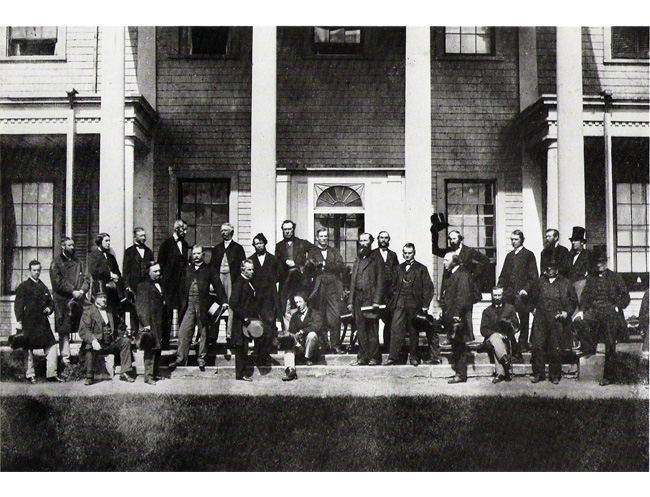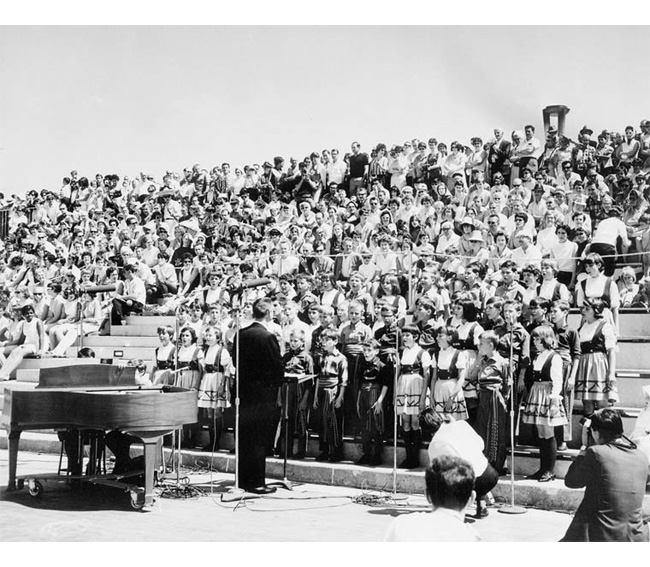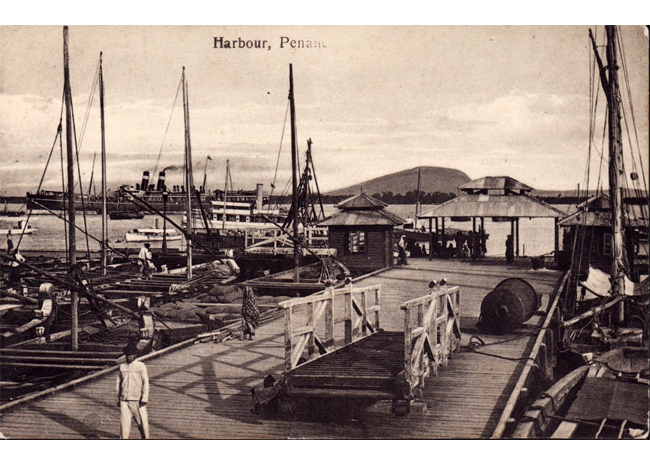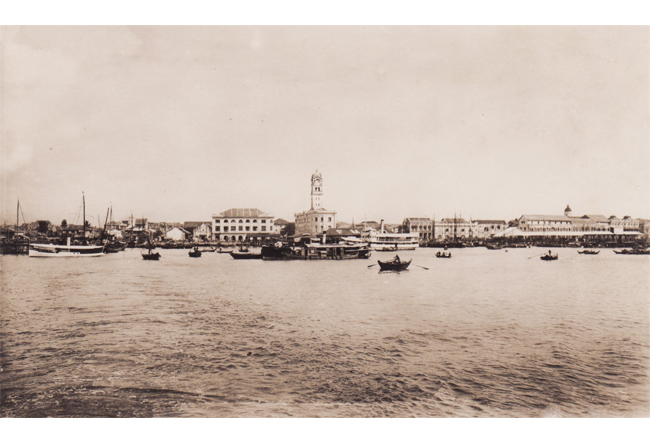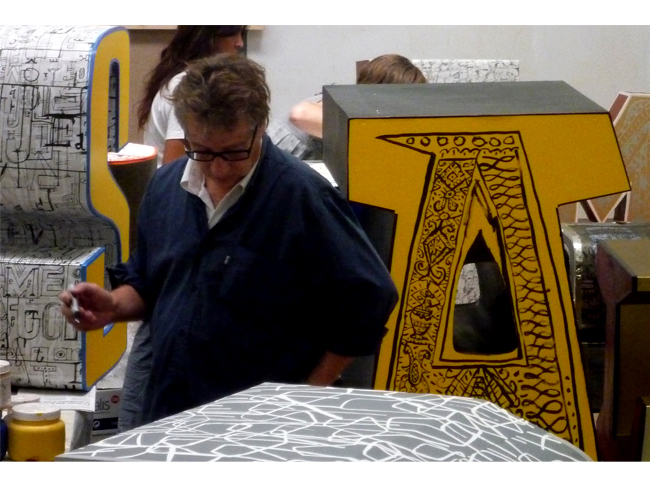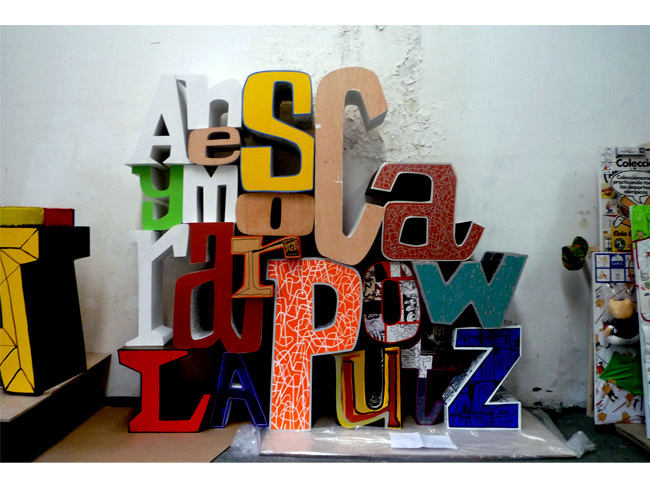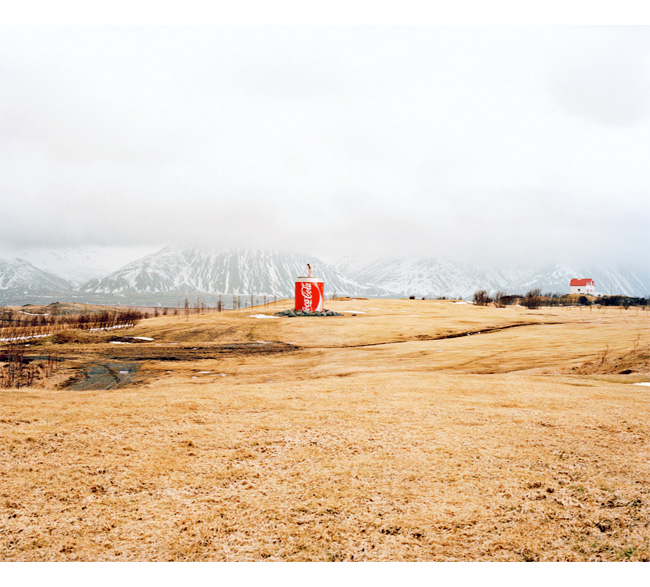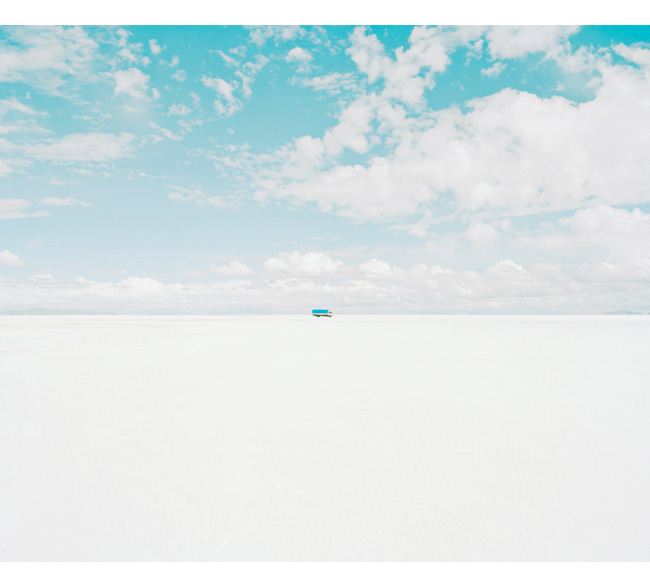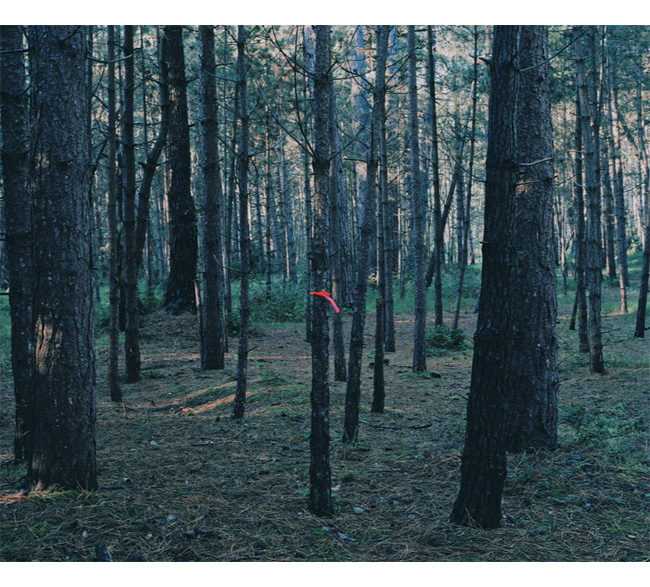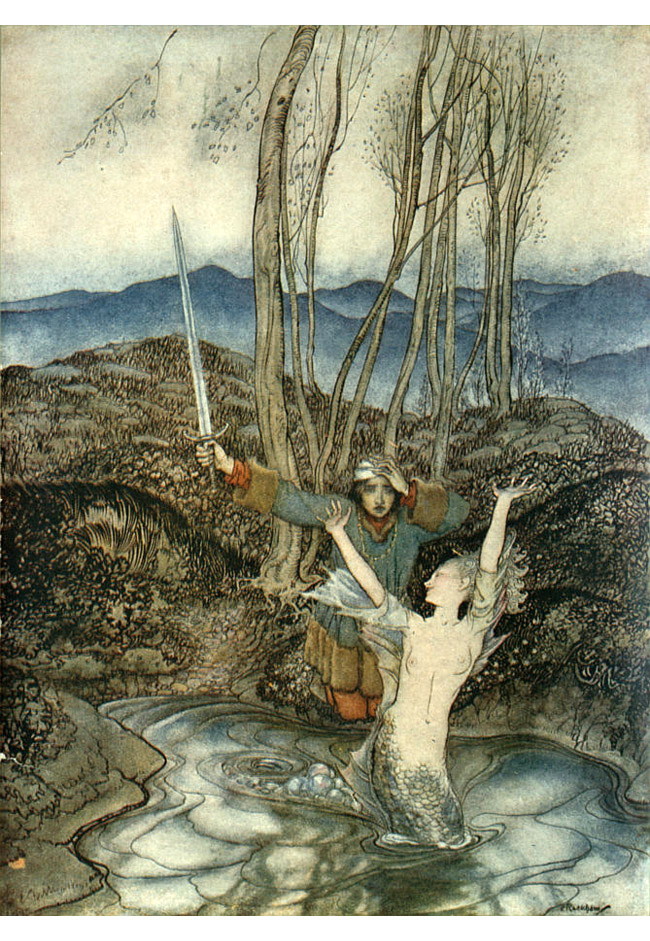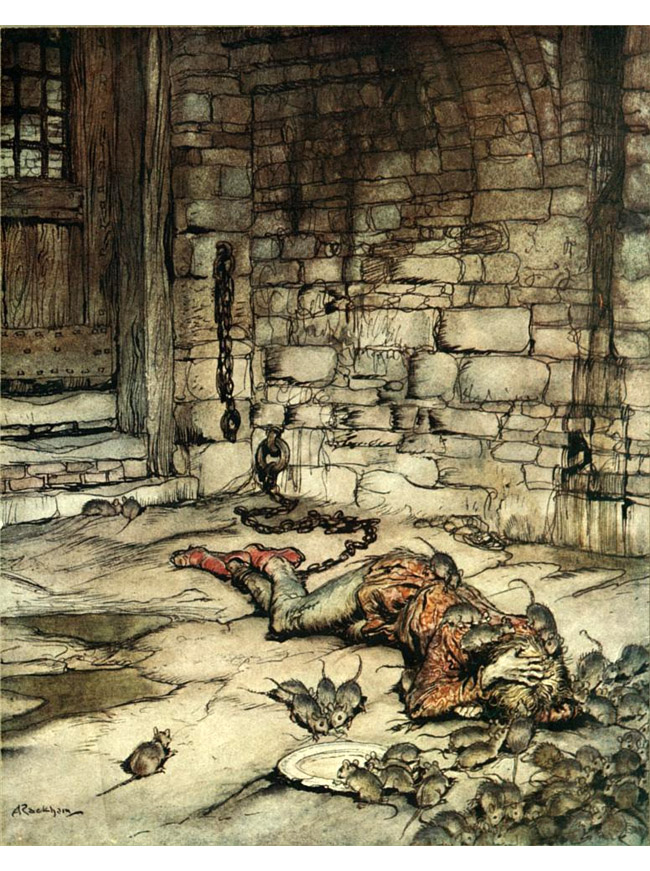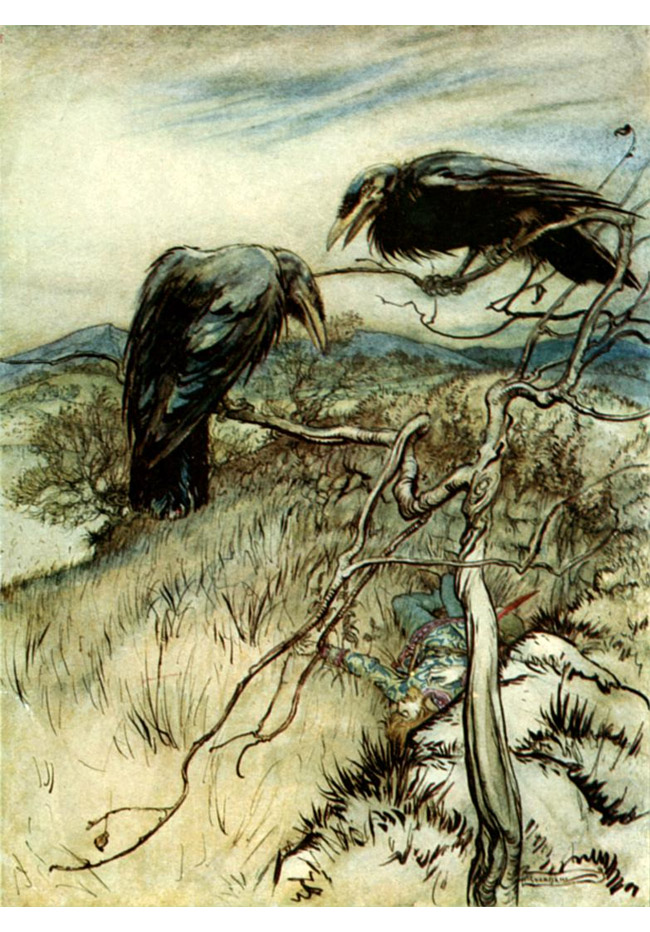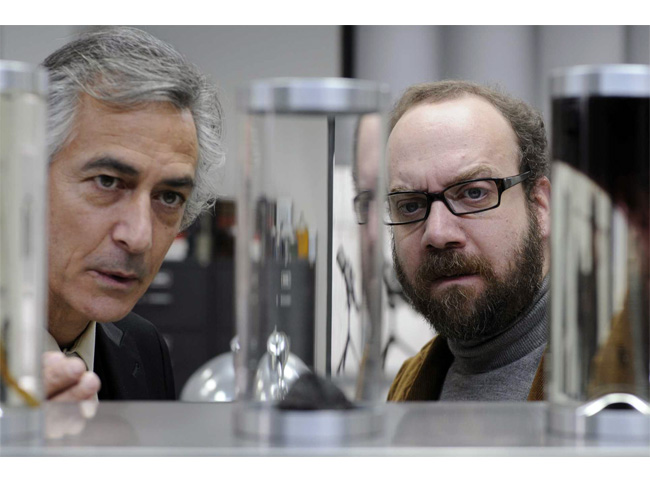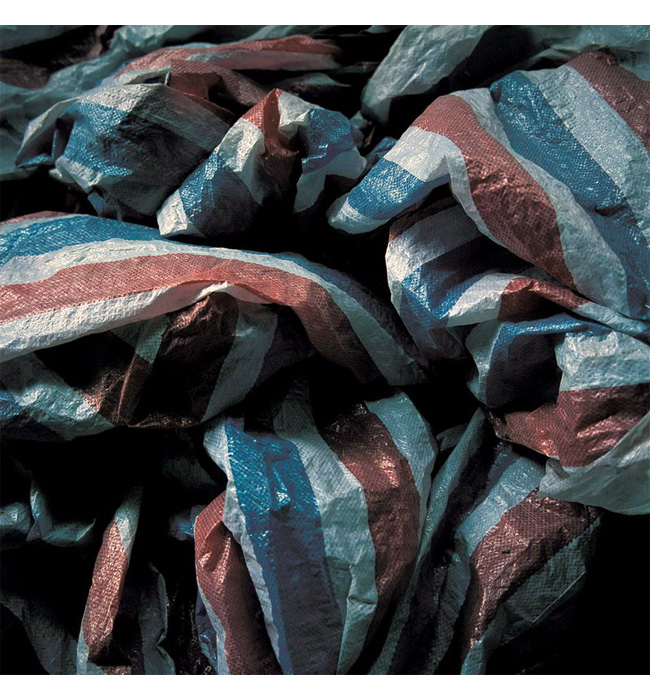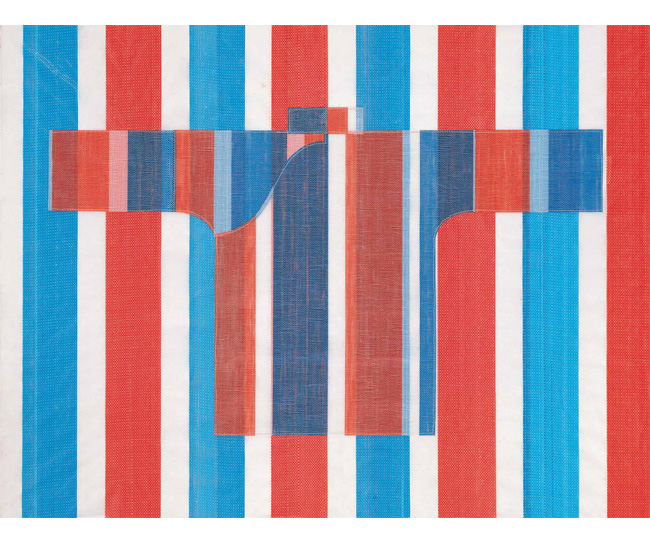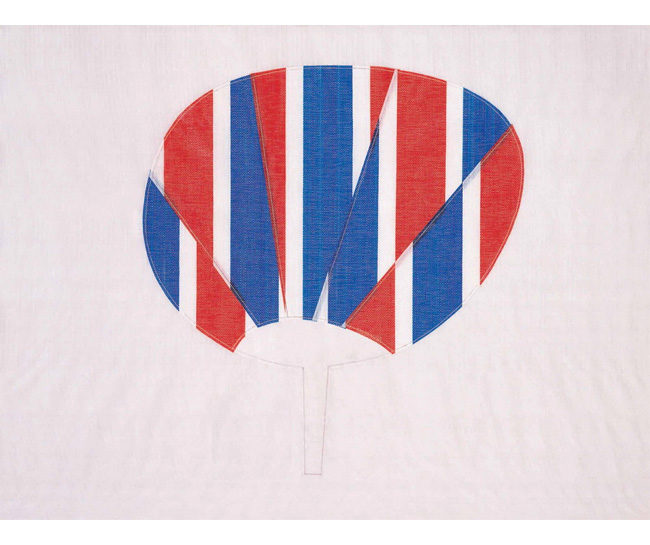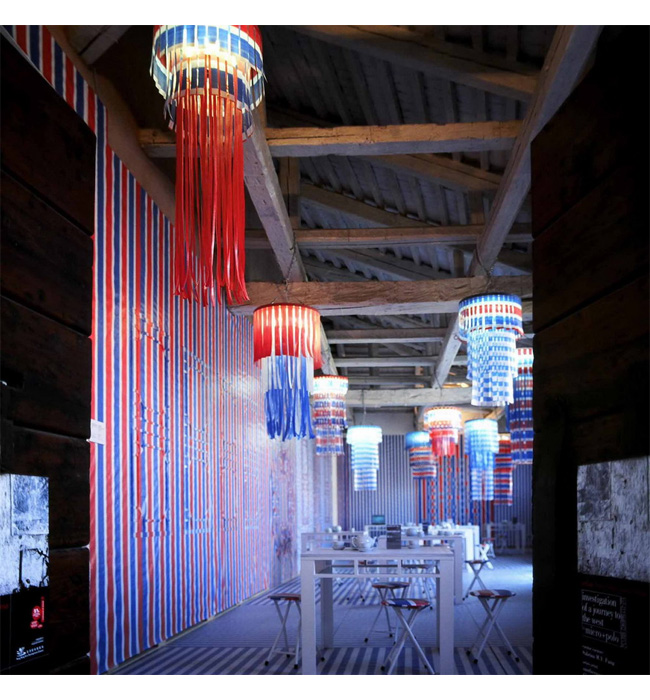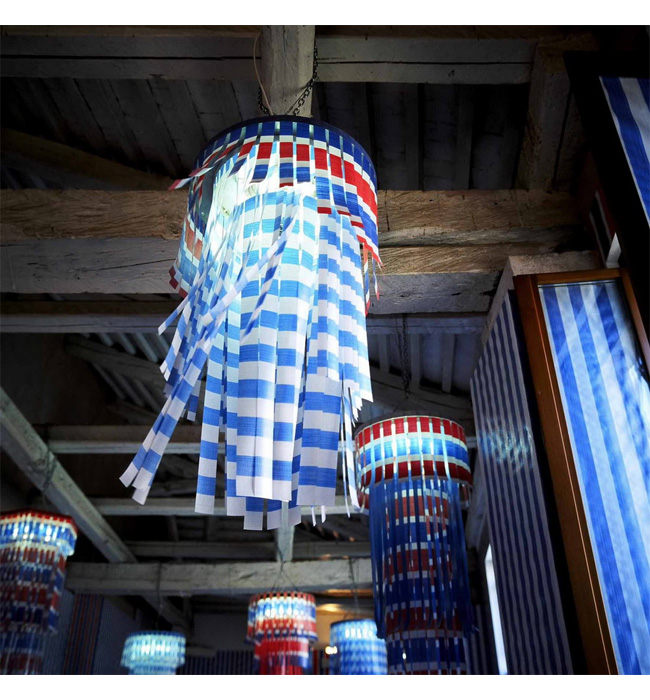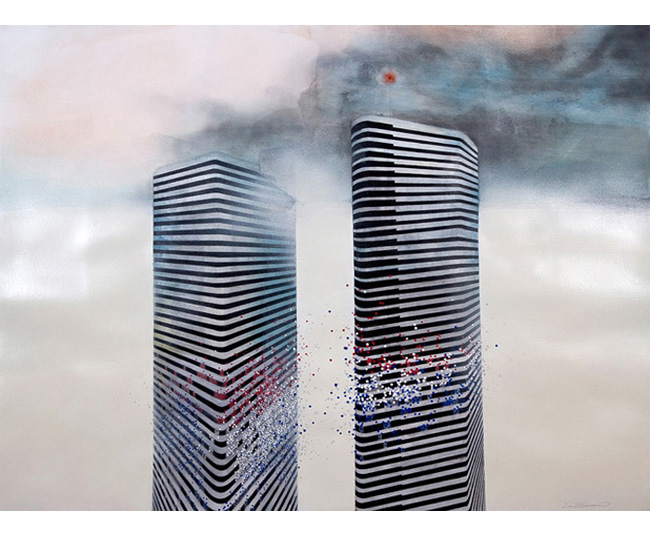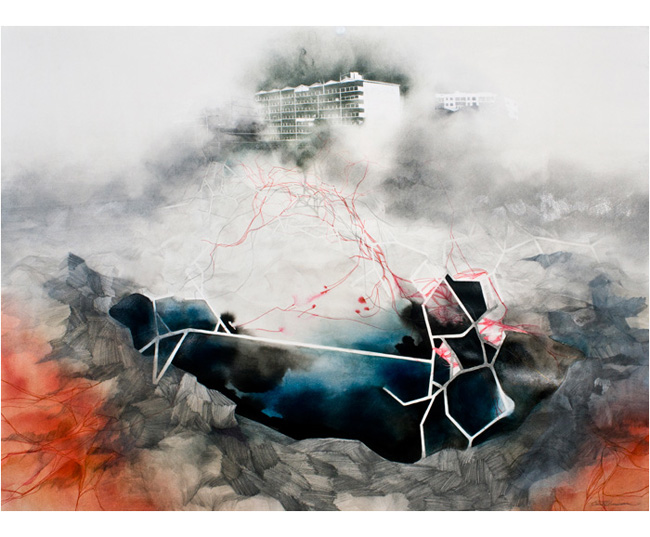I own up: I really thought much of the entire continent of Africa (with the exception of South Africa), revolved around civil wars, overpopulation, famine, bloated malnourished children, widespread AIDS, and, of course, safaris. Surely a place so ravaged by misfortunes could not foster and nurture the needs of a contemporary photographer - one who does not work for National Geographic?
Naturally, I was wrong. Enter Ricardo Rangel.
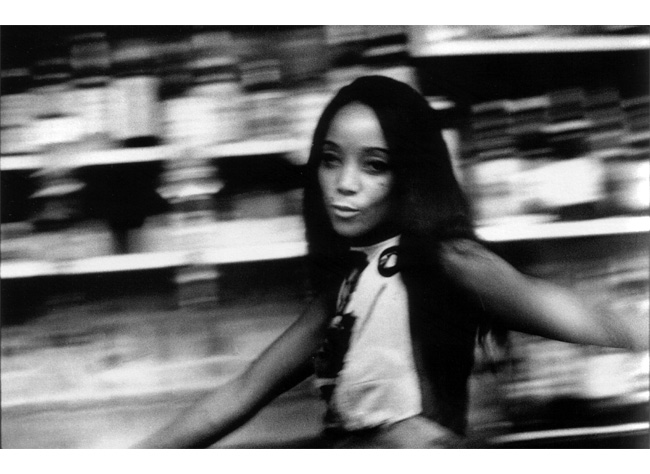
Ricardo Rangel (b. Mozambique, 1924) photographs street scenes, landscapes, the everyday activities of individuals, and night scenes in the cafes and restaurants in Mozambique. His work testifies to his great involvement with the people of Mozambique’s multi-cultural society. The photographs are pervaded by compassion for those portrayed and fury at injustices. Rangel worked some time for various newspapers. In 1970, together with four other journalists, he established the illustrated weekly magazine Tempo. This was the first colour magazine in Mozambique. In 1981 he became director of the weekly Domingo, and three years later he was asked to set up the Centro de Formaçao Fotográfica in Maputo, a school for photography. He remains its director down to the present day.(Noorderlicht)
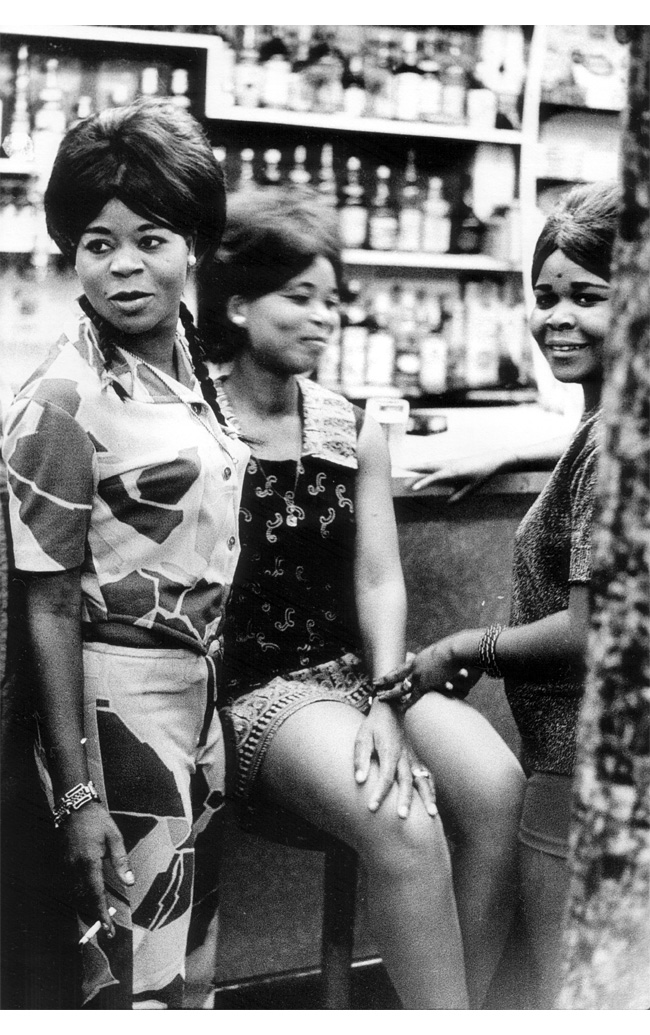
Sadly, Rangel passed away in early June. Speaking at Rangel’s funeral, in Maputo City Hall, Prime Minister Luisa Diogo praised Rangel for using his camera “to denounce colonial dictatorship”. She recalled that in the final years of the Portuguese colonial regime, Rangel had been harassed by the Portuguese secret police, the PIDE, and some of his photos had been banned. Much of his work from that period, Diogo noted, could only be published after independence in 1975. (AllAfrica)
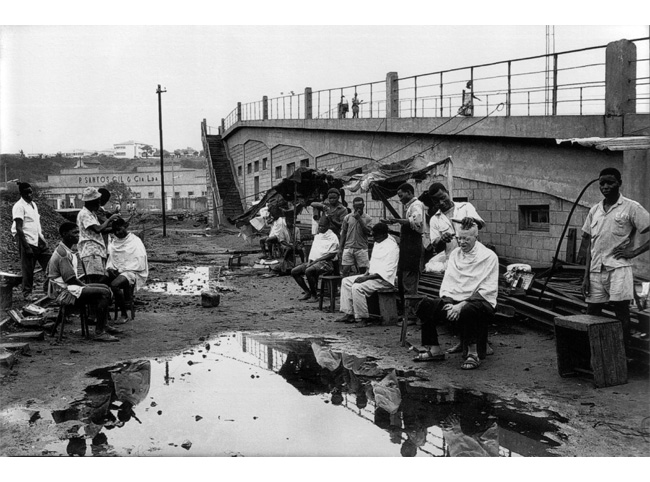
“He was much more than a photographer”, Diogo said. “He used photography as a weapon against colonialism and foreign aggression”. The general secretary of the National Union of Journalists (SNJ), Eduardo Constantino, added that, in building the new Mozambique after independence, Rangel “condemned the new injustices, the deviations and the errors”, and “continued to fight for better quality in our journalism”. (AllAfrica)
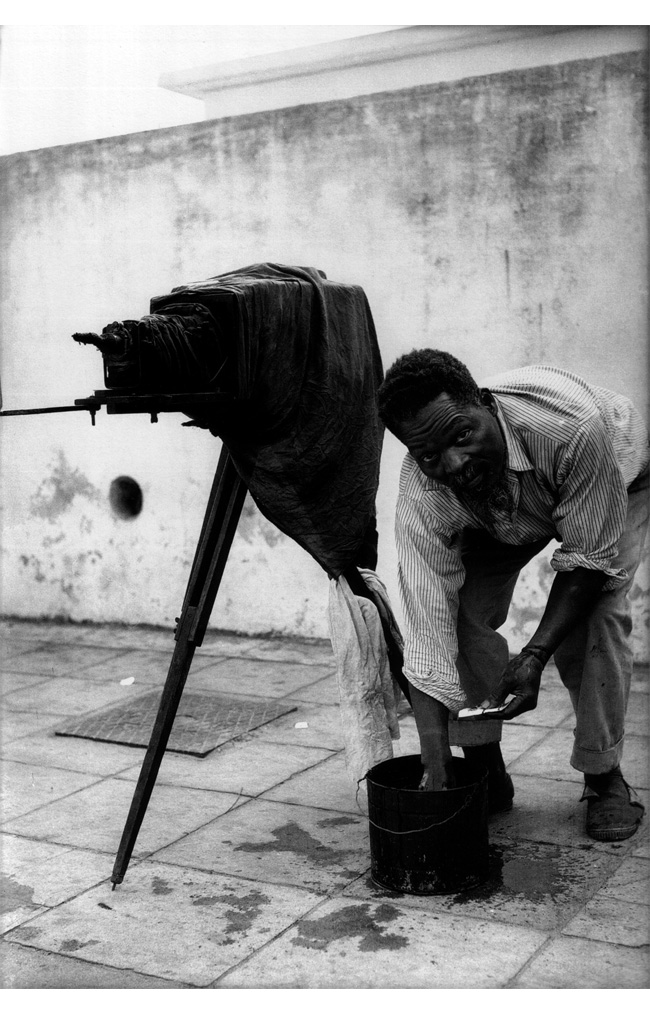
It is such a shame that much of his old negatives, pre-Independence, were destroyed. From what I can tell of his work, they certainly capture views of Africa that I do not know. And I believe most of the world do not know of this side of Africa, as we are consistently fed by media portrayal which favour stock images of starving children with flies circling them and young boys with guns and rifles.
